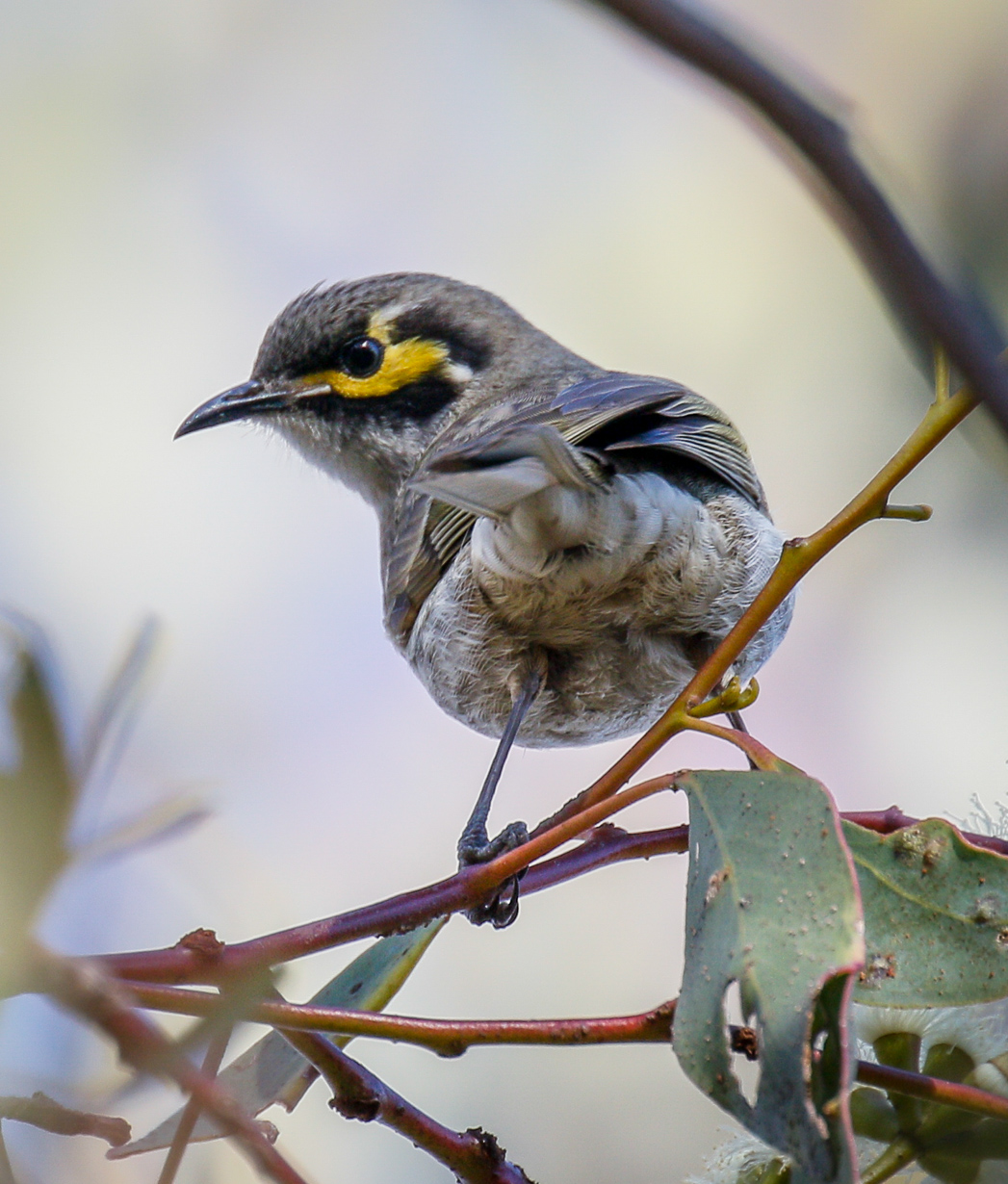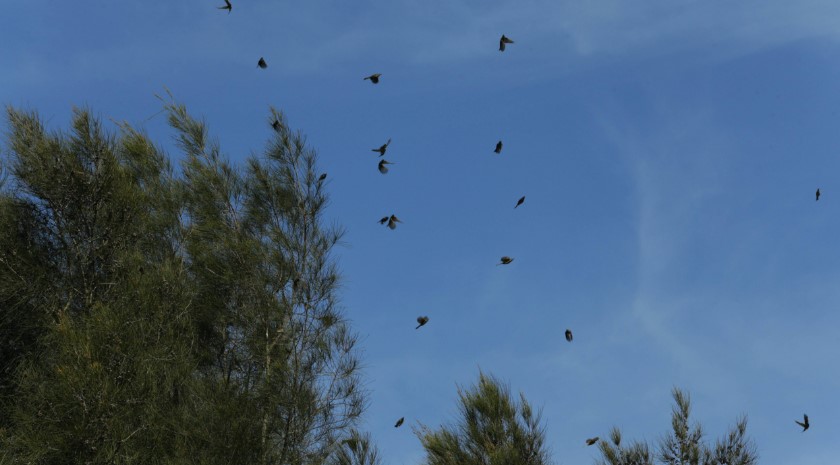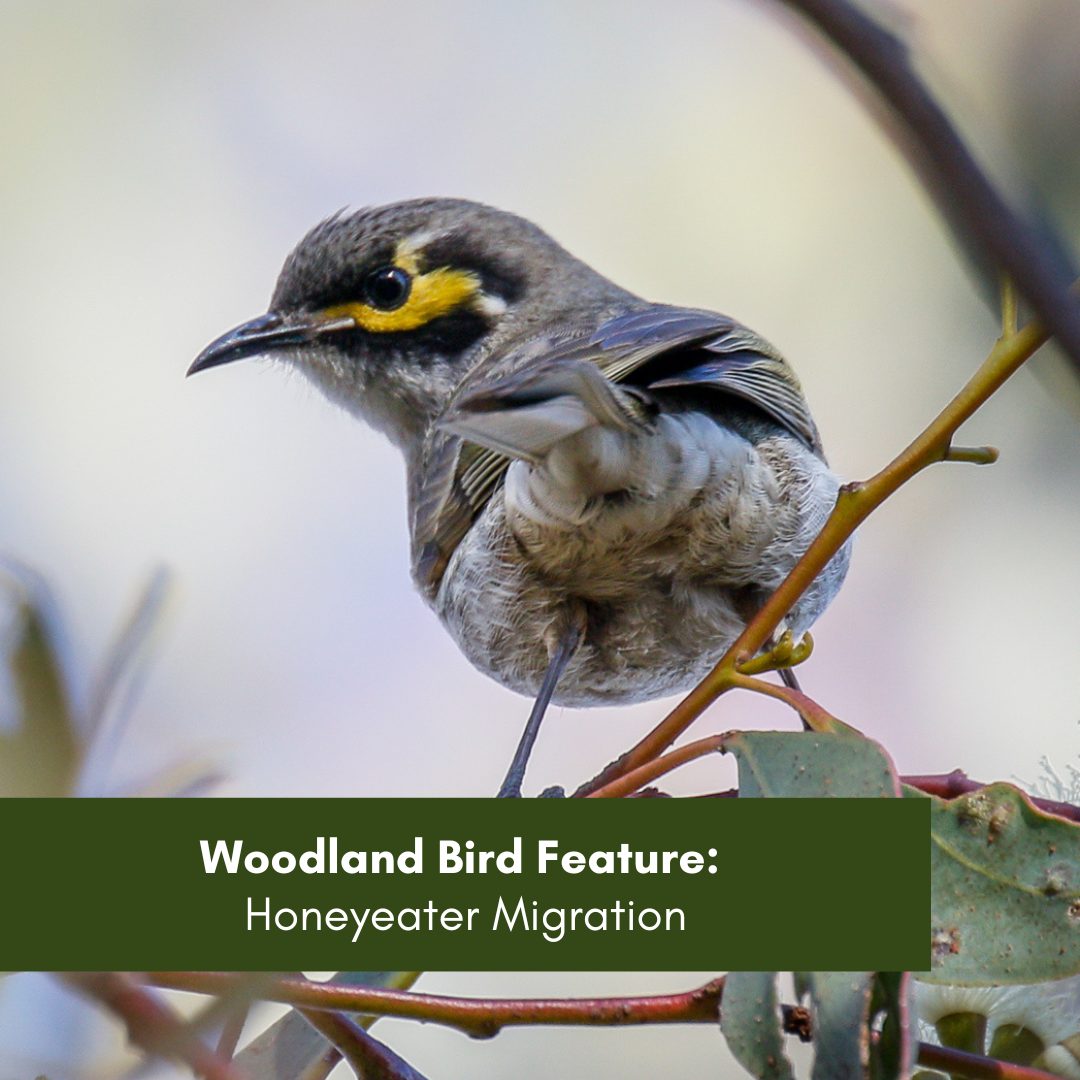Australia has the most complex array of bird movement and dispersal in the world. It is still poorly understood. Whilst other terrestrial continents have very clearly defined seasons with large-scale migrations of birds to go with those extremes of winter and summer, many movements in Australia are driven by conditions and not season. We therefore do not get to witness the mass movements of birds like happens in other continents. There are famous bird migration spectacles that can be witnessed in places like the Strait of Gibraltar between Europe and Africa, or Point Pelee in North America. But there is a little-known bird migration spectacle that happens each autumn in eastern Australia (including the Hunter Valley) and it’s just as much an auditory experience as a visual one.
Despite the fact that many bird movements in Australia are governed by conditions, there are also seasonal movements of some of our Passerines (“bush birds”) from southern Australia into the sub-tropics or tropics that occur as winter approaches each year. The most obvious of these movements is the great “Honeyeater Migration” that occurs around about the time of Easter each year. Many tens of thousands of honeyeaters make their way north from the forests of south-eastern Australia along or east of the Great Dividing Range in autumn and where these streams of birds are channelled into “bottlenecks” it can be a wonderful experience to observe. There is a well-known migration bottleneck along Narrow Neck (near Katoomba) in the Blue Mountains. But one such bottleneck locally is situated at Pambalong Nature Reserve, where birds are presumably funnelled along a path of remnant vegetation but seemingly forced to stay on the western side of the M1 Motorway, as they are reluctant to cross it.

Led by Yellow-faced Honeyeaters, at its peak the migration can see 20,000 birds an hour pass low over the swamp and roadway at Pambalong. During the really big “pulses” several thousand birds can fly over within a couple of minutes and the really great thing is that the birds are calling as they’re flying, so you get to “hear” the migration as well as see it. In lesser numbers to the Yellow-faceds are White-naped and Scarlet Honeyeaters, Eastern Spinebills, Noisy Friarbirds and Red Wattlebirds, along with both Spotted and Striated Pardalotes. Many Silvereyes also pass over, though the vast majority of them actually migrate at night.
Although the migration isn’t overly well-known among people the word is well and truly out amongst the local raptor population and one will almost certainly see things like Australian Hobbies, Peregrine Falcons, Brown/Grey Goshawks and Collared Sparrowhawks patrolling the area. The migration often “pauses” when a raptor is cruising around and once gone, the spectacle starts again.
You need to time it right though. The best days are those beautiful crisp, clear and still autumn mornings, often following a crystal clear night. If it’s windy, cloudy or rainy you’re not likely to see many birds. The best times appear to be between about 9am and 11am but sometimes on mornings that remain clear and still, the migration can go past midday.
And although the major bottleneck appears to be around Pambalong, the migration of honeyeaters is certainly not restricted to the western edge of the Hunter Estuary. The passage of Yellow-faced Honeyeaters and Noisy Friarbirds in particular can be seen from other parts of the Hunter Valley, from Maitland up through the Upper Hunter to Murrurundi; mostly where there are some vegetated corridors for the birds to follow. So keep your eyes (and ears) peeled this autumn to see if you can catch some of the great Honeyeater Migration!

To go and view this wildlife spectacle near Minmi, head to Pambalong Nature Reserve on Cedar Hill Drive at Lenaghan. The link here will pinpoint exactly where to park your car. Flocks generally fly through from about 8am to noon in clear conditions.

